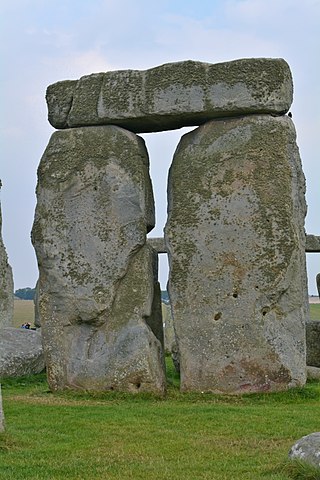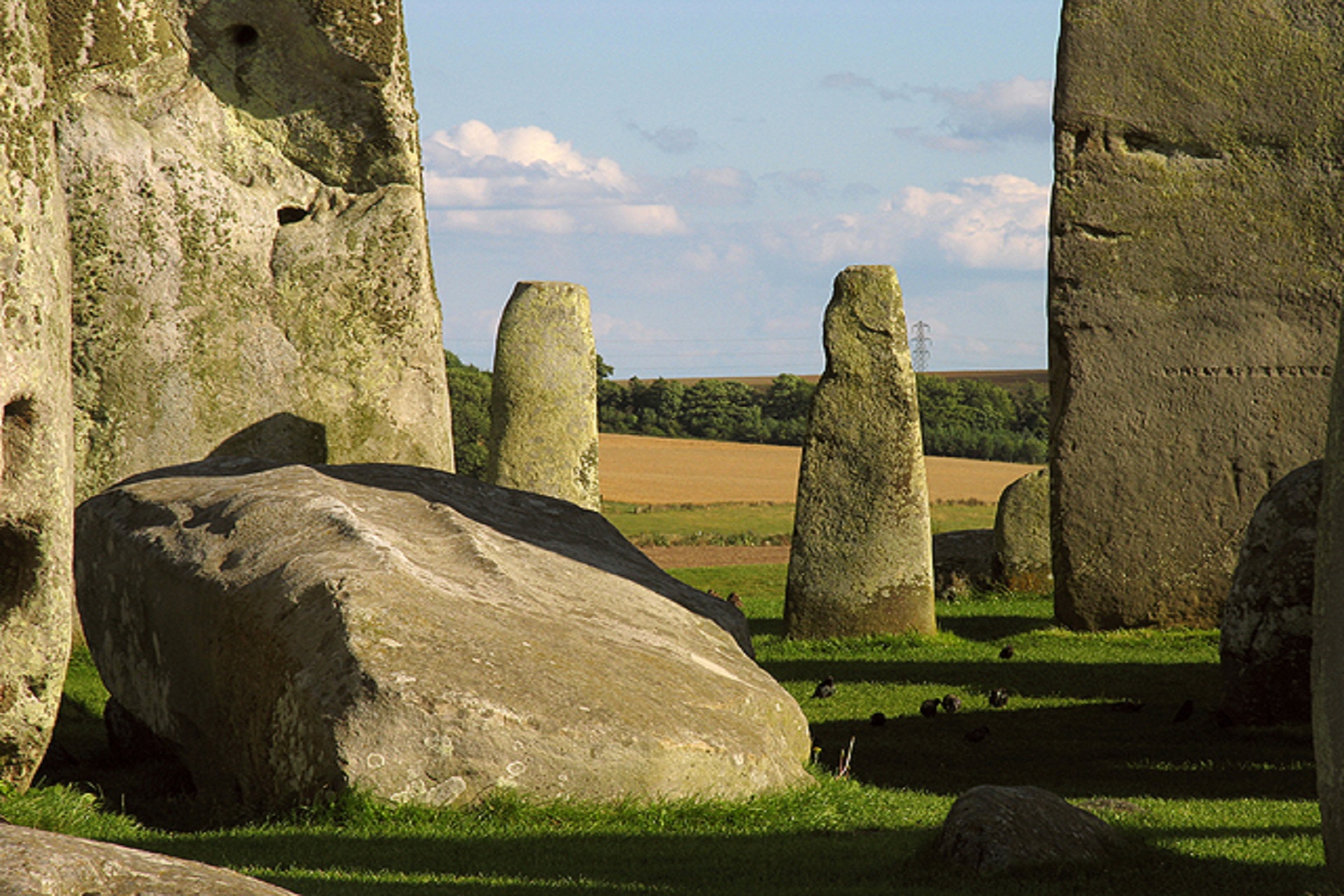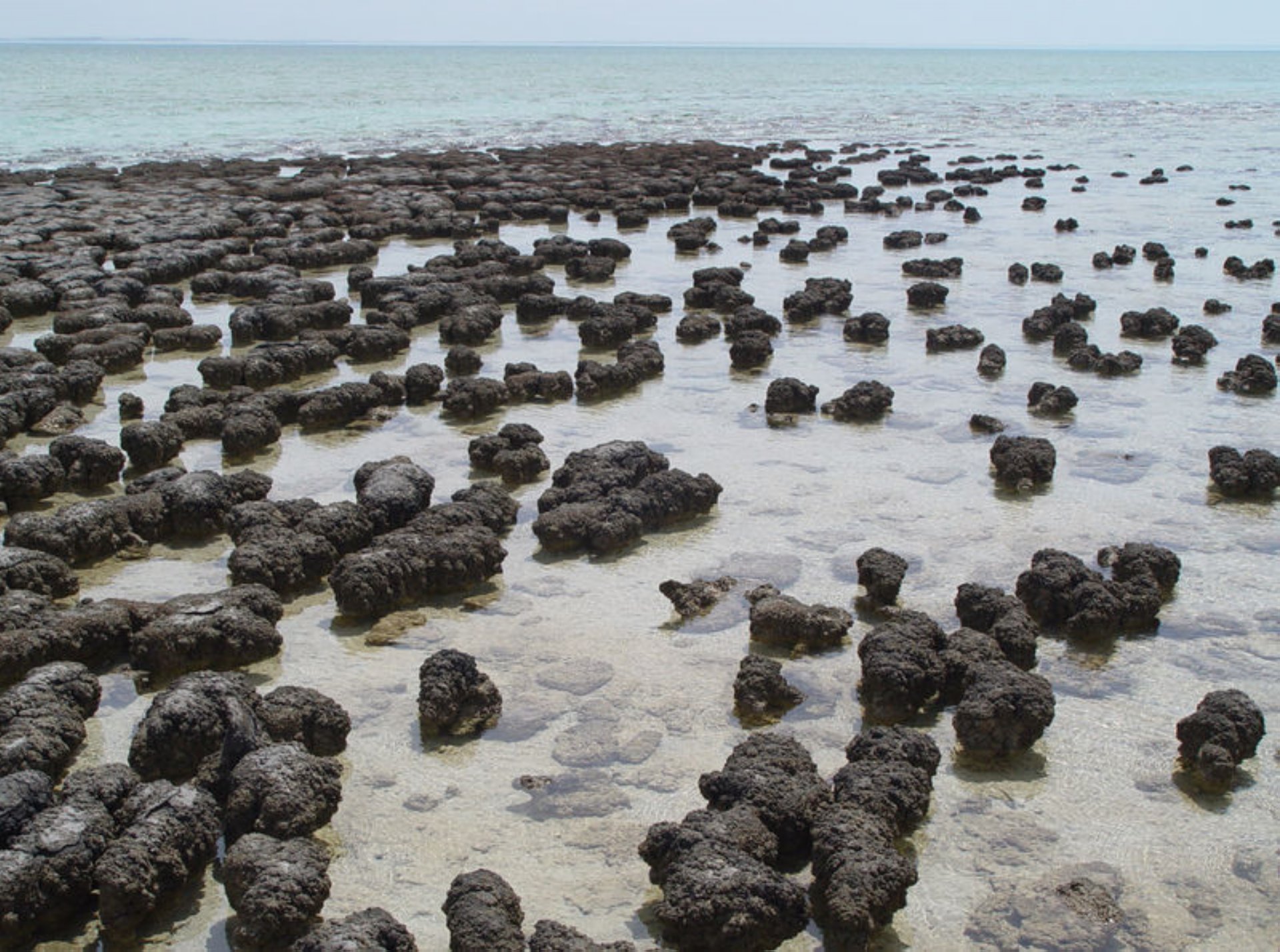Stonehenge Part 2/8 - Construction.
Stonehenge was built in several phases which together spanned at least 1,500 years. Man was already active in the area before the start of the work and remained active a few centuries after it was finished. Some would dare to estimate that man made use of the place up to 6,500 years, even though there was no mention at all of the current remaining construction in the beginning.
A bit of history.
When work on the monument began, according to the carbon 14 method dating around 2950 B.C., the area was inhabited by itinerant hunters and farmers with a permanent residence (traces of which have been found in Woodhenge). They had crossed the Channel in wooden boats covered on the outside with animal skins. Around 2000 B.C., this Bell Beaker culture grew into a community of 15,000 souls. At their head were the cattle barons of the Salisbury Plain, who also supervised the burgeoning metal production at the beginning of the Bronze Age. Priests gained increasing influence and, during important construction phases of Stonehenge, were able to oblige the population to supply the 600 men needed to bring a block of sandstone from Marlborough Down here. Or 200 men to erect these Sarsen in the right place.
Men has worked in three phases which are sometimes subdivided.
The first phase.
Round 2950-2900 B.C., a ring ditch (2 m deep, 4 m wide) was dug with on the inside a embankment (1 m high) of chalk fragments. This resulted in a circle with a diameter of 106 m. Such a place with a moat and a wall around it is called a Henge. These were the earthworks to demarcate the site. The construction of the moat and the embankment is a large-scale job, accounting for some 6,750 man-hours, possibly involving men, women and children. They first made a long rope and a pin, a circle with a radius of about 53 meters. They used a shoulder blade of an ox as a shovel and/or a deer’s antlers as a pickaxe. Useless branches were removed by heating the antlers. Such an antlers did not last long (a few days at most), which explains why so many broken antlers were found. Chunks of lime were cut loose in the size of a children’s head, on which traces of chalk were often found.
Inside, a wreath of 56 pits was placed on the shore. These are called the Aubrey Holes after John Aubrey (1626-1697), who was commissioned by Charles II to carry out archaeological pioneering work at the site. Poles/stones may have been used here to mark a time/hour. In any case, cremation remains and grave goods were deposited here.
In the northeast there is an opening in the embankment and the moat, here begins the Avenue. This processional road is completed on the outside of the Henge by the Heel Stone. This casts its shadow at sunrise on 21 June right into the centre of the circle. The Avenue runs with a wide arch along several graves to the Avon. There was an earthen embankment on both sides and it is still slightly noticeable in some places. It runs from the monument southwards with a wide arch to the river Avon over about 3 km. They probably left in procession from the river to the circle. In the beginning the stones were not visible because of the landscape. Only at the end the stones loomed up, that must have been a fantastic sight. Because here too we have to remember that the dug-out moat and embankment were gleaming white with lime.
The location is determined by natural ridges and folds in the soil. These markings must have had a special meaning for the builders. The location of Stonehenge and its main entrance is literally engraved in the landscape.
Within the Henge, four blocks of sandstone, the Stones Station, indicated the directions of the wind. Of these, two remain. The four form a rectangle.
In the very centre there was a wooden pole construction with possibly a covered part made of animal skins.
The round complex served as a place of worship and as a cemetery, as the many cremation remains make clear. A social hierarchy was needed for the entire organisation. Otherwise it would never have been possible to complete such a complex task (both in terms of manpower and logistics). In this first phase, Stonehenge serves as a cemetery. It is not a unique site. Similar examples can be found in Wales, Scotland and elsewhere in England. Stonehenge is the largest.
The second phase.
In about 2100 B.C., the central wooden structure disappeared and in the middle of the existing circle two horseshoe-shaped wreaths of 80 unprocessed Bluestones, each about 2 m high, were erected. The opening of both wreaths faces northeast. Together with the beginning of the Avenue the line of the sunrise is highlighted. The Bluestones come from the Preseli Hills in Southwest Wales, some 280 km away. Arduin feels warm and has a high symbolic value.
Not much later two more circles of shallow pits were added, the so-called Y- and Z-Holes whose function is unknown.
The third stage.
Around 2000 B.C., the structure was radically changed. Apparently the building plan changed, but the replaced bricks were recycled:
- The Bluestones were replaced by a circle of high Trilithons, large 25-tonnes sandstone blocks from the Marlborough Downs some 30 km away, each time it is estimated that at least 400 people were needed. These Sarsens form gates consisting of two uprights and a cover plate. Originally there were 30 standing stones, of which 17 remain today. Upon their arrival, the Sarsens are worked with harder hammer stones:
- The uprights are slightly more convex in the middle than the top and bottom, an optical trick to manipulate the perspective from the ground. They are 2 m into the ground. They are chamfered on one side and tapered to attach the cover plates with a mortise joint.
- The cover plates are connected lengthwise by means of brass and groove, forming a flowing circle of 31 m. We know similar connections from woodworking. These stones were gradually rolled up over ascending round wooden posts to lay them on uprights.
- Five colossal Trilithons were placed inside the circle. Each Trilithon consists of two uprights with a stone cover plate on top, for which giant sandstone blocks of 45 tonnes were used. The five Trilithons stand in the shape of a horseshoe with the opening facing the Heel Stone. The largest rises more than 7 m above the ground, as it is at least 2 m into the ground we arrive at a total length of 9 m.
- Between the two constellations with Sarsens comes a circle of 56 Bluestones. For this purpose a part of the Bluestones that were previously located in the centre of the monument will be used.

One of the stunning trilithons. Photo from Wikipedia.
More than ever, Stonehenge marks the centre of the earth, the sky and the universe. Connecting and anchoring the gigantic Sarsens highlights unity and connectedness.
New vertical stones were placed at the entrance, but only the Slaughter Stone remained, and unfortunately it fell over.
In the final phase around 1500 B.C., the remaining Bluestones in their current horseshoe shape were put inside the horseshoe of the Trilithons. This number of Bluestones was supplemented by specimens that came from the nearby Bluestonehenge.






Comments